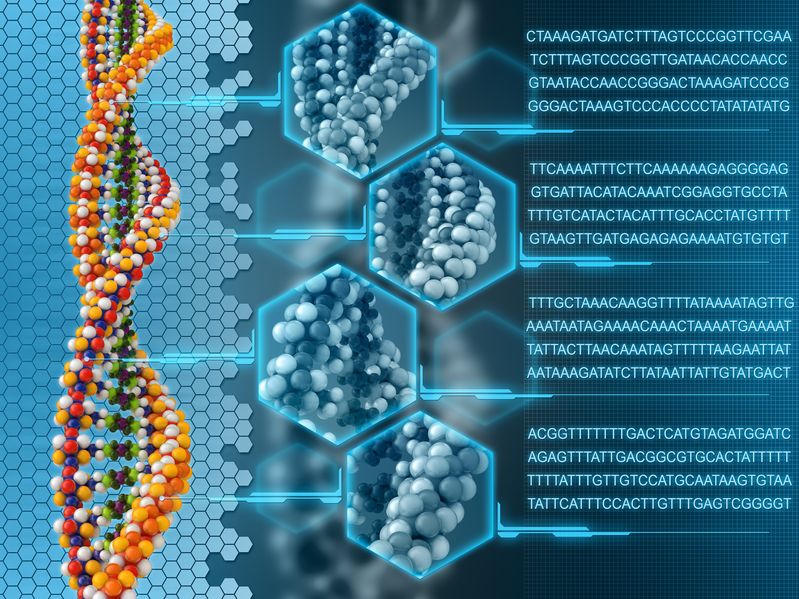Every iPhone has a processor that is roughly 10 times faster than the Apollo Guidance Computer, used during the first moon landing. The IBM 7090, considered the fastest supercomputer in the 60s, would fail to keep up with today’s smartest watches. Computational power has grown exponentially over the years, but it is only recently that scientists have begun to apply these techniques to studying the microscopic world.
Mohamed Smaoui, a post-doctoral fellow at McGill, is doing exactly this. His research explores novel approaches to modeling how proteins behave in cells. Proteins are long chains of molecules called amino acids, and the spatial arrangement of these amino acids has major implications on how they behave in the body. By understanding how proteins can misfold, diseases that can be caused by improper protein folding, such as Alzheimer’s, Parkinson’s and diabetes, are better understood.
A 2015 paper from the lab, published in the journal BMC Structural Biology, detailed the process by which Smaoui was able to find a method of treatment for diabetic patients whose symptoms were caused by a misshaped protein called an amyloid.
Simulating amyloid behaviour requires a lot of computational horsepower.
“Some of [the molecules we were modeling] had a few million atoms,” said Smaoui.
By finding clever ways of reducing the number of calculations that a computer has to make in its simulation, computer scientists can reduce the amount of time it takes to model proteins.
The discovery occurred largely due to a new algorithm that Smaoui developed to model protein behaviour, which allowed scientists to make use of supercomputers to simulate the interactions of larger molecules. By developing an algorithm powerful enough to simulate molecular interactions between amyloids and potential treatments, Smaoui could find a compound that reduces the toxicity of the misfolded proteins found in the diabetic patients.
“The novel thing about the algorithm was that it was creating these long fibril structures, that no one has modeled before computationally,” Smaoui explained. “The best we had [before] was modeling one single protein.”
Even with cutting edge algorithms, however, the complexity of the protein structures means that simulating a nanosecond of interactions requires a lot of time.
“For [the nanosecond] timescale, that takes up to a week of supercomputer time,” said Jérôme Waldispühl, a professor at McGill who leads the Computer Science and Biology Group in the School of Computer Science.
Despite their limitations, computers can still provide a faster alternative to the tedious process of recreating experimental conditions, and this is helping the field of bioinformatics gain traction in the biochemistry community.
Computational tools like the algorithm Smaoui developed are becoming increasingly available to researchers in genetics and microbiology who lack the mathematical background necessary to do modeling or data analysis themselves. For example, Smaoui developed a program called Fibrilizer to help other scientists model proteins.
David Bujold, a master’s student at McGill, is also working on developing computational tools that let geneticists and biochemists take advantage of developments in computer science. He described the field as a melding of two distinct but complementary disciplines.
“In bioinformatics you have a mix of both [computer scientists and biologists],” said Bujold. “You have a whole bunch of people who are studying biochemistry, microbiology, et cetera, who are coming to the field and then learn computer science to be able to do what they want to do. And then you have on the other side people with a computer science background apply what they know about computer science to solve the problems that geneticists and biochemists have.”
Beyond simply promoting collaboration between biologists and computer scientists, new academic programs are encouraging students to consider entering the field of bioinformatics proper, rather than through a strictly computer science—or biology-related path.
“Nowadays, the field of bioinformatics is developing as well, so you have undergrad and graduate programs about bioinformatics in its own right,” Bujold said.







